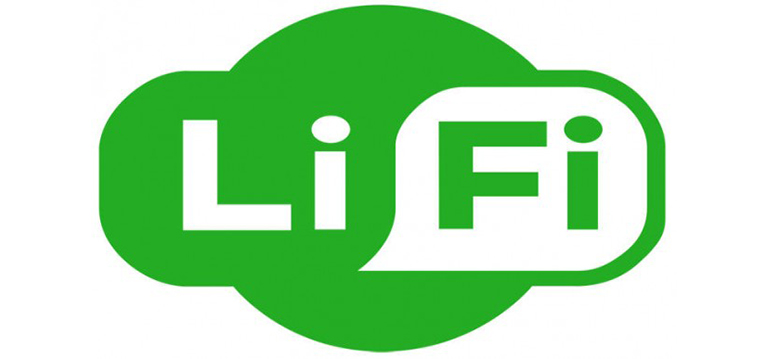A new wireless technology has just been taken and tested out of the lab which has been reported to be able to transmit data as fast as 1GB per second — about a hundred times faster against our standards for today’s Wi-Fi speeds.

Li-Fi is able to send this much data by using VLC technology (visible light communication, not the media player software). It was invented in 2011 by Herald Haas after being able to send significant amounts of data from simply flickering a single LED compared to what a cellular tower could transmit. Back then, he was able to record a chart-topping 224 gigabits per second of data. For comparison, ScienceAlert puts it as downloading 18 movies of 1.5GB each every second.
“Currently we have designed a smart lighting solution for an industrial environment where the data communication is done through light. We are also doing a pilot project with a private client where we are setting up a Li-Fi network to access the Internet in their office space.”
And now this same principle was used in offices as an initial trial in real-life situations. Haas mentions that all that needs to be done is to place a microchip to every potential illumination device and this would give it dual functionalities — illumination and wireless data transfer.

By rapidly flicking these specially-designed LEDs on and off, it could send specific messages in binary code that could then be retrieved and decoded by devices. Rest assured that these flickering of light is done at extreme speeds that make it invisible to the human eye.

There are a lot more interesting things to learn from Li-Fi (like being more secure and efficient, for example) which you can read here.
If the tests continue to succeed, there’s a bright chance (pun intended) that we’ll be using LEDs not only to light up our homes but also to connect to the Internet.

YugaTech.com is the largest and longest-running technology site in the Philippines. Originally established in October 2002, the site was transformed into a full-fledged technology platform in 2005.
How to transfer, withdraw money from PayPal to GCash
Prices of Starlink satellite in the Philippines
Install Google GBox to Huawei smartphones
Pag-IBIG MP2 online application
How to check PhilHealth contributions online
How to find your SIM card serial number
Globe, PLDT, Converge, Sky: Unli fiber internet plans compared
10 biggest games in the Google Play Store
LTO periodic medical exam for 10-year licenses
Netflix codes to unlock hidden TV shows, movies
Apple, Asus, Cherry Mobile, Huawei, LG, Nokia, Oppo, Samsung, Sony, Vivo, Xiaomi, Lenovo, Infinix Mobile, Pocophone, Honor, iPhone, OnePlus, Tecno, Realme, HTC, Gionee, Kata, IQ00, Redmi, Razer, CloudFone, Motorola, Panasonic, TCL, Wiko
Best Android smartphones between PHP 20,000 - 25,000
Smartphones under PHP 10,000 in the Philippines
Smartphones under PHP 12K Philippines
Best smartphones for kids under PHP 7,000
Smartphones under PHP 15,000 in the Philippines
Best Android smartphones between PHP 15,000 - 20,000
Smartphones under PHP 20,000 in the Philippines
Most affordable 5G phones in the Philippines under PHP 20K
5G smartphones in the Philippines under PHP 16K
Smartphone pricelist Philippines 2024
Smartphone pricelist Philippines 2023
Smartphone pricelist Philippines 2022
Smartphone pricelist Philippines 2021
Smartphone pricelist Philippines 2020
Adrian says:
Another reason kung bakit “Dapat laging bukas ang ilaw.” hahaha corny.
Tom says:
http://www.ted.com/talks/harald_haas_a_breakthrough_new_kind_of_wireless_internet?utm_campaign=social&utm_medium=referral&utm_source=facebook.com&utm_content=talk&utm_term=technology
misterbean says:
That’s what you call a “bright” idea =)
Marcos says:
parang hirap implement
Easy E says:
There should be an infrared version (or is there already?) of the lifi. Para kung ayaw mo ng maliwanag like if you’re doing something while browsing /streaming. Lol
c says:
paano kung may mag block ng ilaw